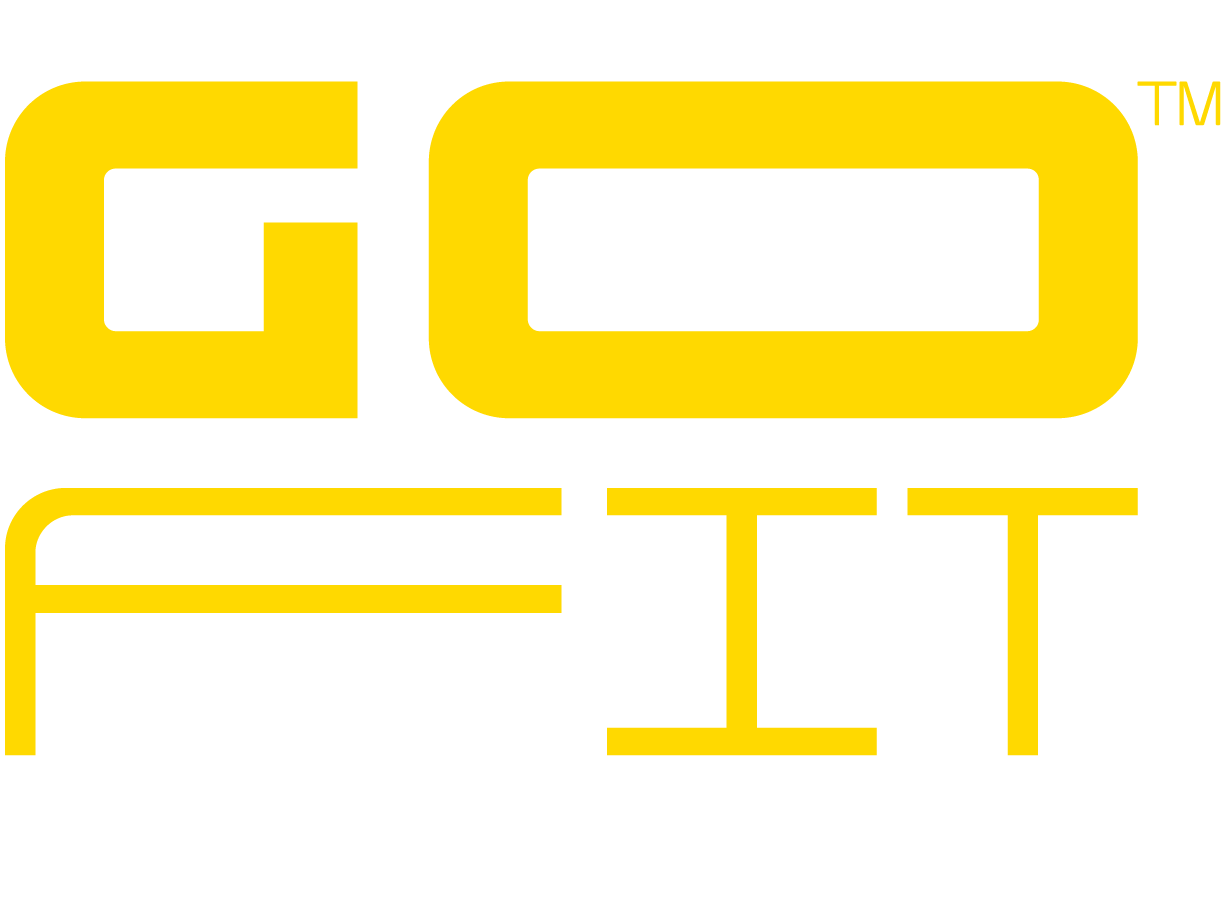Strength training is a fantastic way to improve your overall health and fitness. Not only does it help increase your muscle strength and tone, but it also offers an array of other physical and mental benefits. New to the world of strength training?
In this guide, we will take you through a comprehensive guide on strength training, including its advantages, useful tips, common lingo, and some effective workouts.
Benefits of Strength Training
Increased Muscle Strength: Engaging in regular strength training exercises helps develop stronger muscles, allowing you to perform daily tasks more efficiently. Whether it’s lifting groceries or carrying your child, increased muscle strength makes everyday activities easier.
Enhanced Bone Health: As we age, our bone density naturally decreases, which can lead to an increased risk of osteoporosis and fractures. Strength training helps counteract this by stimulating the production of new bone tissue, improving bone density and strength.
Weight Management: Including strength training in your fitness routine can support weight loss and weight management efforts. Resistance exercises increase muscle mass, which in turn boosts your metabolism and helps burn calories even when you’re at rest.
Improved Joint Function: Stronger muscles around your joints provide better support and stability, reducing the risk of injuries and alleviating joint pain. Strength training is especially beneficial for individuals with conditions like arthritis.
Enhanced Mood and Mental Health: Endorphins released during strength training contribute to improved mental well-being and reduced stress levels. Regular exercise has also been linked to better sleep quality and increased self-confidence.
Useful Tips for Strength Training
Now that you understand the benefits of strength training, here are some essential tips to keep in mind as you embark on your journey:
Start Slowly: If you’re new to strength training, begin with lighter weights or bodyweight exercises to avoid injury. Gradually increase the intensity and weight as your muscles adapt.
Proper Technique: Proper form is crucial to maximize the effectiveness of your workouts and prevent injuries. Consider working with a certified personal trainer who can teach you correct techniques for different exercises.
Consistency is Key: Aim for at least two to three strength training sessions per week, allowing your muscles adequate time to recover between workouts.
Include Variety: Incorporate a mix of exercises that target different muscle groups to avoid plateaus and keep your workouts engaging.
Warm-Up and Cool Down: Don’t forget to warm up before each session to increase blood flow to your muscles and prevent strains. Cooling down afterward helps promote proper recovery.
Engaging the help of a personal trainer can be valuable at any point of your fitness journey. All GoFit gyms offer Personal Training (PT). Find a GoFit gym here.
Strength Training Lingo
To help you navigate the world of strength training, here are some common terms you may encounter:
Repetition (Rep): One complete movement of an exercise, such as lifting and lowering a weight.
Set: A group of repetitions performed consecutively without resting.
Resistance: The force provided by weights or resistance bands during strength training exercises.
Dumbbell: A handheld weight typically used for single-arm exercises.
Barbell: A long metal bar with weights attached at each end, commonly used for exercises like squats and bench presses.
View this post on Instagram
Effective Strength Training Workouts
Now, let’s provide you with some simple yet effective strength training exercises you can incorporate into your fitness routine:
Squats: Stand with feet shoulder-width apart and squat down as if sitting back into a chair. Engage your glutes and thighs while keeping your back straight. Repeat for 10-12 reps.
Push-Ups: Start in a high plank position with hands slightly wider than shoulder-width apart. Lower your body until your chest nearly touches the ground, then push back up. Perform 8-10 reps.
Lunges: Stand with feet hip-width apart. Step forward with one leg, lowering your body until both knees form 90-degree angles. Return to the starting position and repeat on the other leg. Complete 10 reps on each side.
Dumbbell Shoulder Press: Hold a dumbbell in each hand at shoulder level. Press the weights overhead while keeping your core engaged. Lower the weights back to shoulder level and repeat for 8-10 reps.
Remember to adjust the workout intensity and repetitions based on your fitness level and gradually progress as you become stronger.
Incorporating strength training into your fitness routine can provide numerous benefits for both your physical and mental well-being. Follow the tips, get familiar with the lingo, and integrate the suggested workouts into your plan. If you’re new to strength and weight training, engaging a personal trainer can be helpful as well.
Embrace the journey towards a stronger and healthier version of yourself!




